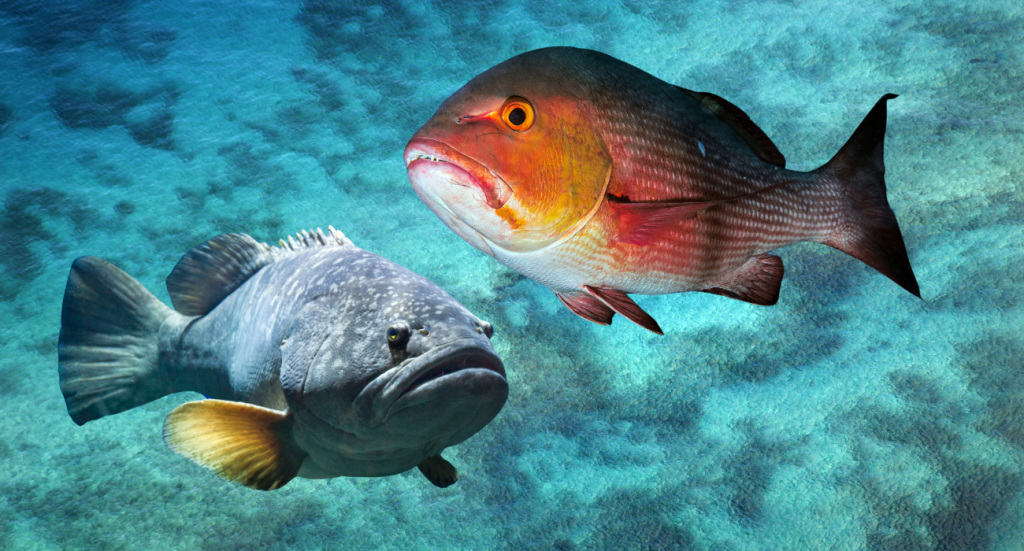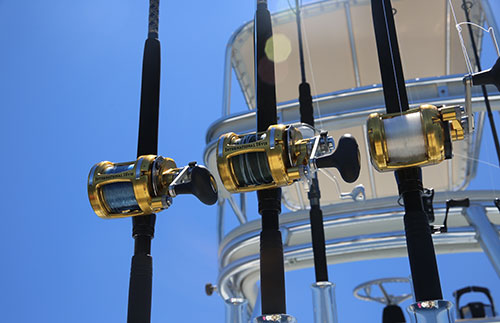The Prize of Bottom Fishing….Snapper and Grouper
The life of bottom fish in the southeast is an incredible and beautiful story. The Snapper/Grouper complex, as it is called, provides a view of life that is fascinating by both what we know and what is still unknown. Anyone who’s experienced and fished the ocean’s bottom knows that they are often unpredictable, and they are fun to catch and consume. As a friend of mine says, the best fish to eat is the one you caught today! The beautiful and prized genuine Red Snapper is perhaps the most photographed ocean bottom fish and sweet to the pallet. Knowing a little more about these critters and how they are managed is a worthy read.
The Snapper and Grouper are managed by the South Atlantic Fishery Management Council (SAFMC). This organization manages roughly 50 separate species of bottom fish along the South Atlantic Coast, from 3 miles out to 200 miles, and encompasses the geographic region from North Carolina and southward to the Florida Keys.
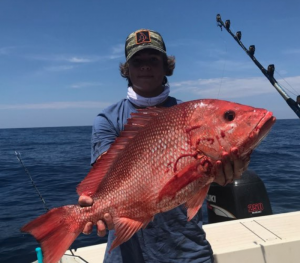
The current and ongoing challenge with all fisheries, especially the Snapper and Grouper, is that all species require periodic assessments that determine the status of a particular fishery stock. Some are experiencing overfishing. Both need action from the council as a matter of federal law. There are many species in this category including Red Snapper, Goliath, Nassau, Gag’s, speckled Hind and Warsaw Groupers, and Red Porgies. Management is not easy, and actions like seasons, special zones and MPA’s, total allowable catch, size and bag limits, closures, accountability measures, and gear restrictions are common ways to deal with management. This applies to species that are overfished, and those that are experiencing overfishing. Actions are determined from the best known and available science. That provides a problem as we don’t know all we would like to know for decision making about variables. Variables like spawning areas, discard mortality, age, population structure, and other very complex things related to understanding a particular bottom species and to their health over time and their total life history. Adjustments in any one species management can have an impact on the entire Grouper/Snapper complex.
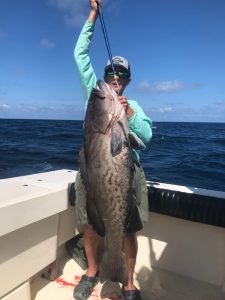
Here are a few facts about bottom fish that I find interesting. It also will provide insight as to why they are so fascinating, yet difficult to fully understand and manage.
- Most species of Grouper and Snapper make their homes in limestone and sandstone bottoms. These living live bottom reefs, which are geographically limited offshore, provide shelter and food. In the southeast, such bottoms are found along old terrace escarpments that have been present for tens of thousands of years. Terraces in the 60 ft. depth, the 90 ft depth, and the shelf break where waters drop from 140 to 600 ft are prime habitats for many of these shallow-water species. Some are mostly deep water such as Wreckfish and Snowy Grouper that prefer the deep side of the 30 to 100-fathom break.
- Snapper and Grouper are slow-growing fish and can have incredibly long life spans. The Red Snapper and Gag Grouper can live as long as 30 to 50 years respectfully.
- Many species live a double life and can change genders from male to female during their life to ensure the best route to reproduction and survival. These are referred to as “hermaphrodites”— a cool way to be in the survival game. Wow!
- Some species have life histories dependent on coastal salt marshes and estuaries many miles from where they eventually will settle. Some adults will venture closer to shore and spawn giving their eggs and juveniles a chance to survive and take advantage of nutrients and protection.
- Species in the Snapper/Grouper fishery are in part dependent on a healthy estuarine presence along the southeast coast for their life history. All connected by design. The interesting list goes on and on!
Here are a few suggested ways to help each bottom fisherman to better identify the species you’re catching and ways to help with the much-needed management and preservation of these species. You can get all of this from the South Atlantic Council at www.safmc.net.
- SAFMC encourages best management practices for handling and releasing bottom fish. One such practice is the use of the “descender device” which a best management practice that is now a required device on “all” vessels when actively bottom fishing in federal waters. Bottom fish experience extreme stress called “Barotrauma” when brought to the surface. Kind of like the diver bends. Getting them down quickly increases the survival of those released. This is a big issue in rebuilding and maintaining stocks.
- The SAFMC encourages all fishermen to help with data collection on all species in the Snapper/Grouper complex. They have developed 2 apps to download (The Citizen Science program and the Fish rules app). Both will help the fisherman offshore and help the council with receiving information to help with good management.
My great friend, Capt. Tim Wilson has a motto of “Fish hard and live long”. I love that statement and would add to that, “Do your part”. If there is anything we don’t want to tell our great-grandchildren is the stories of a great fish that no longer exists.
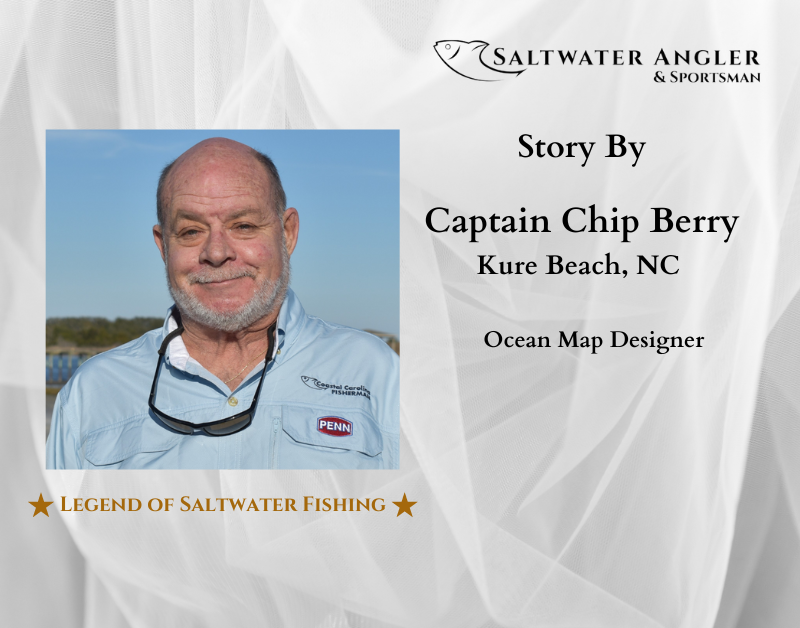
Most from this category





